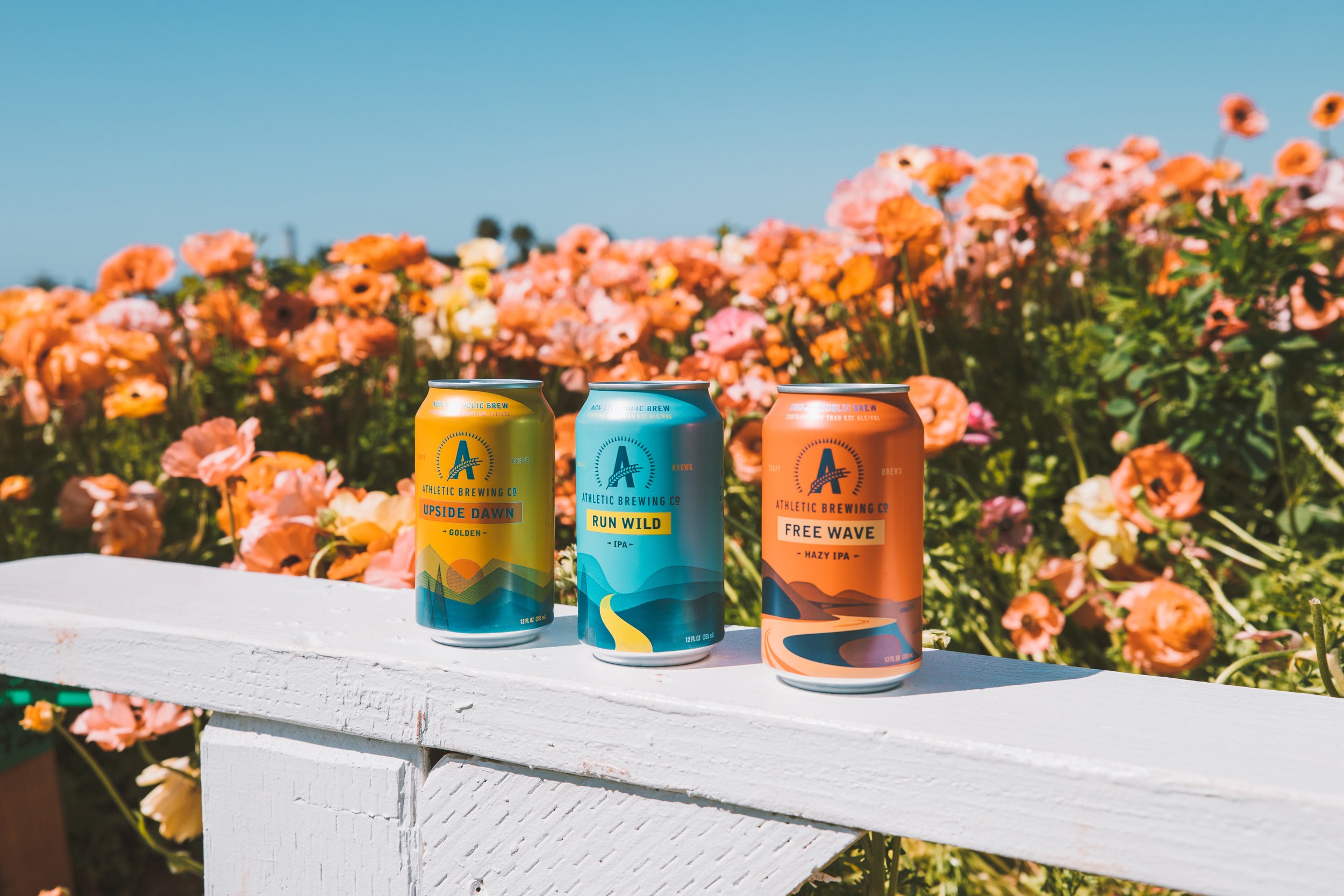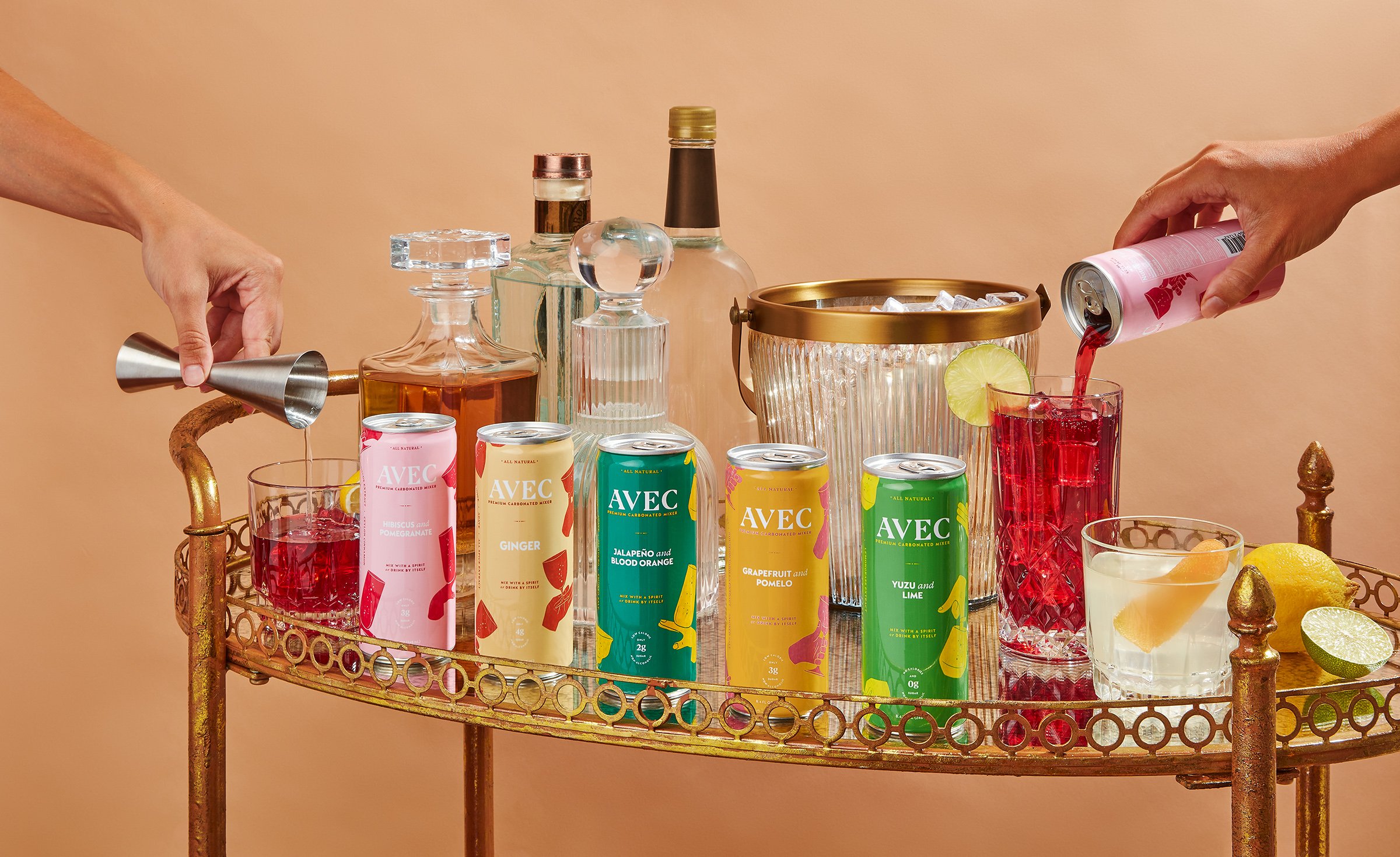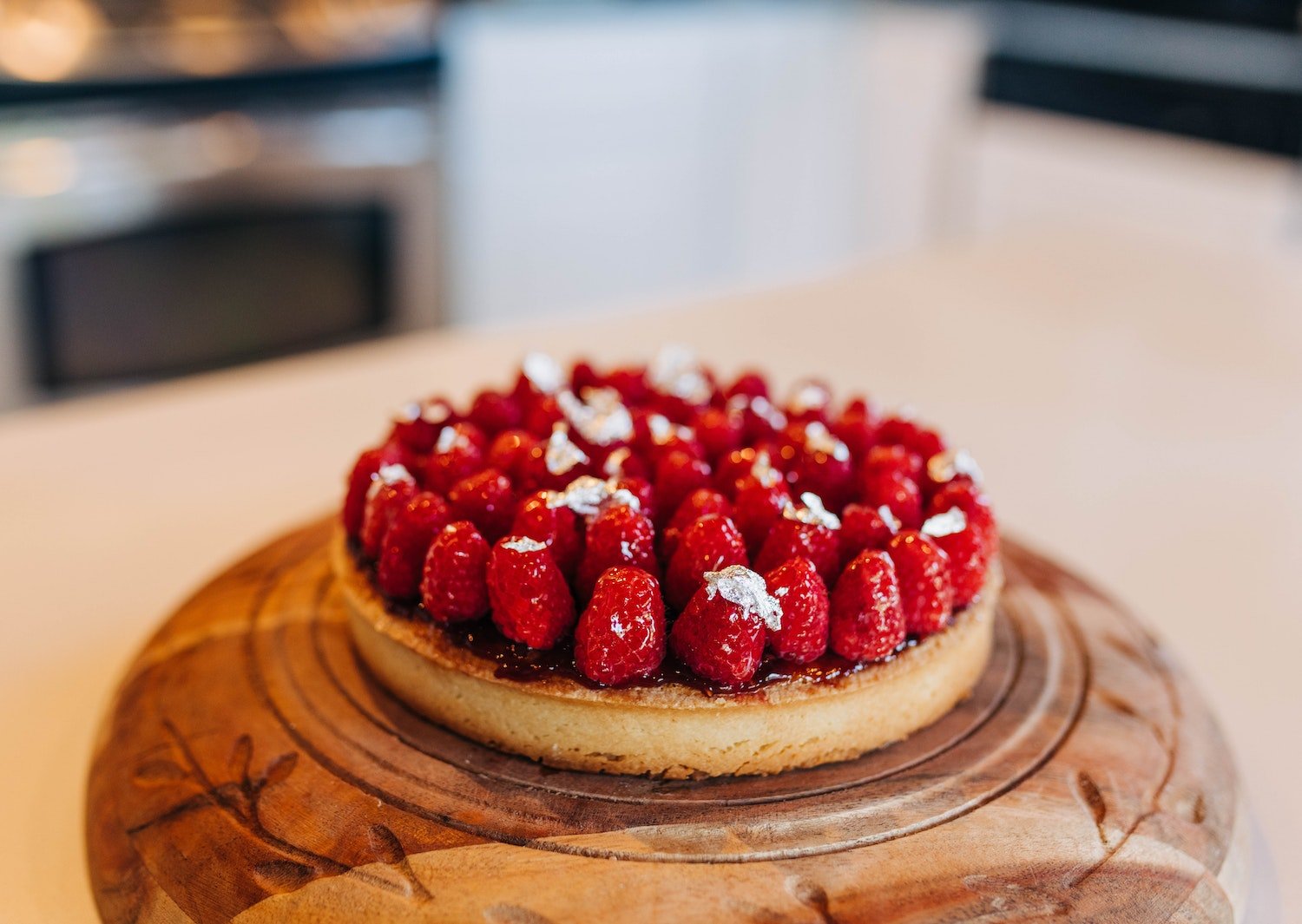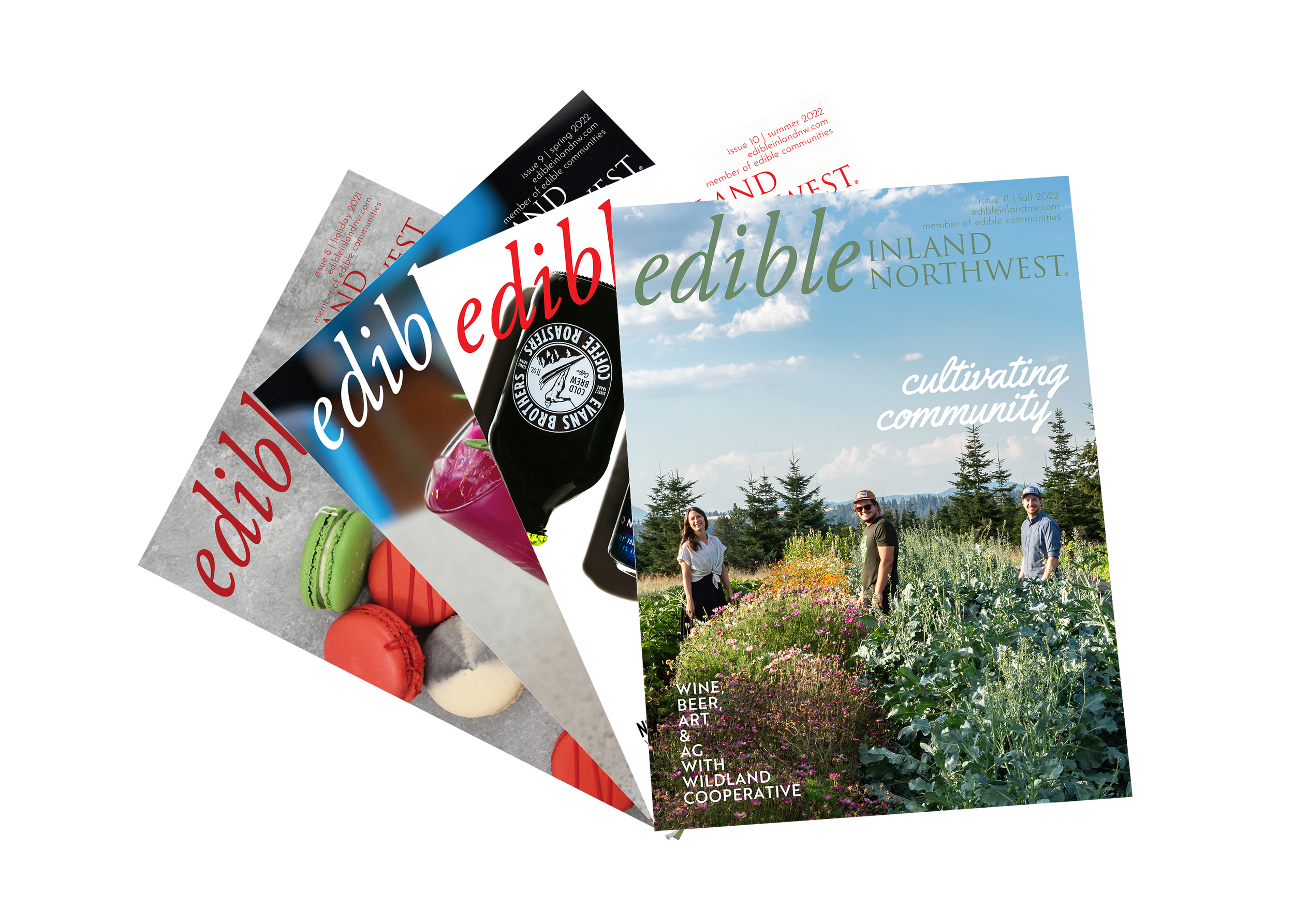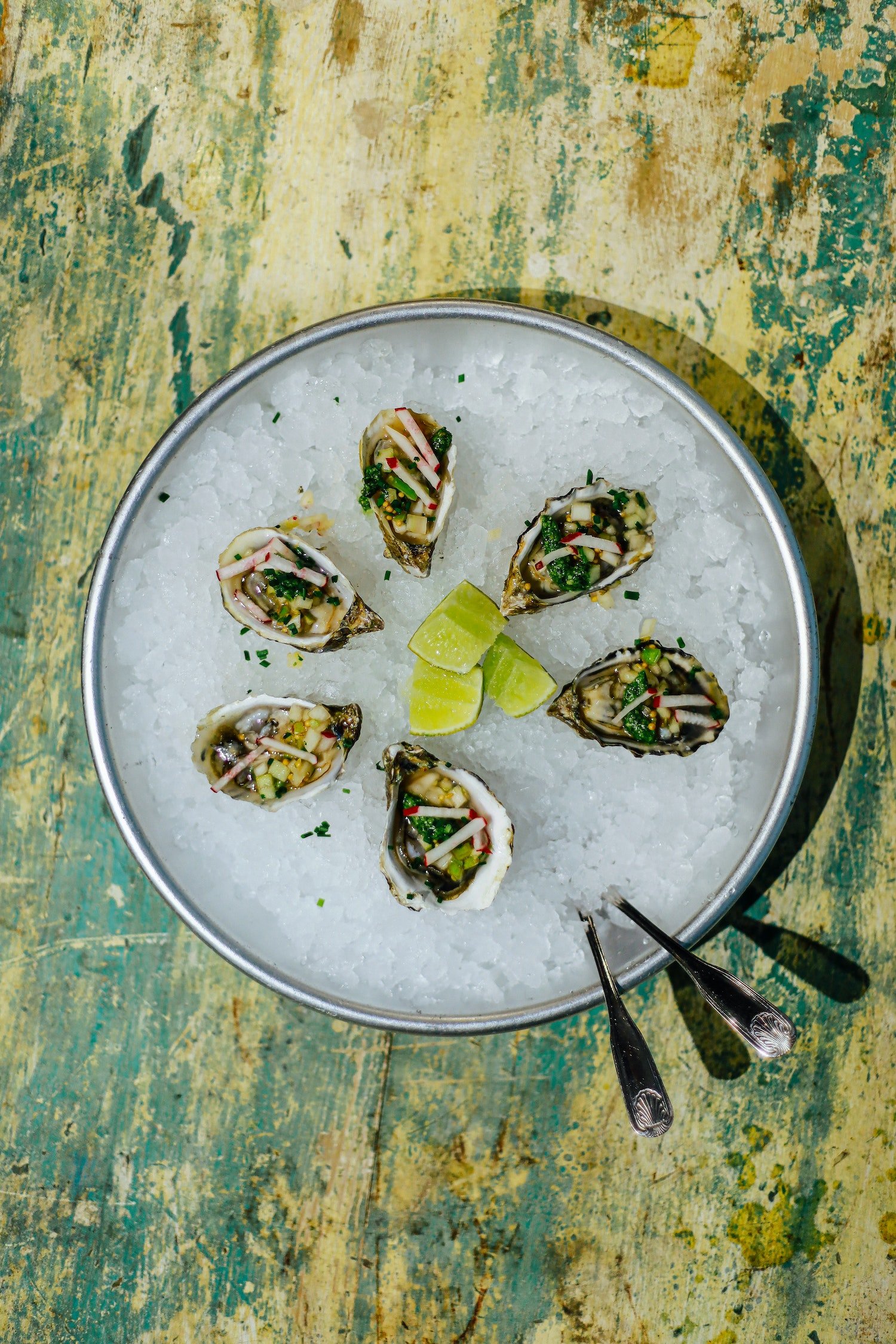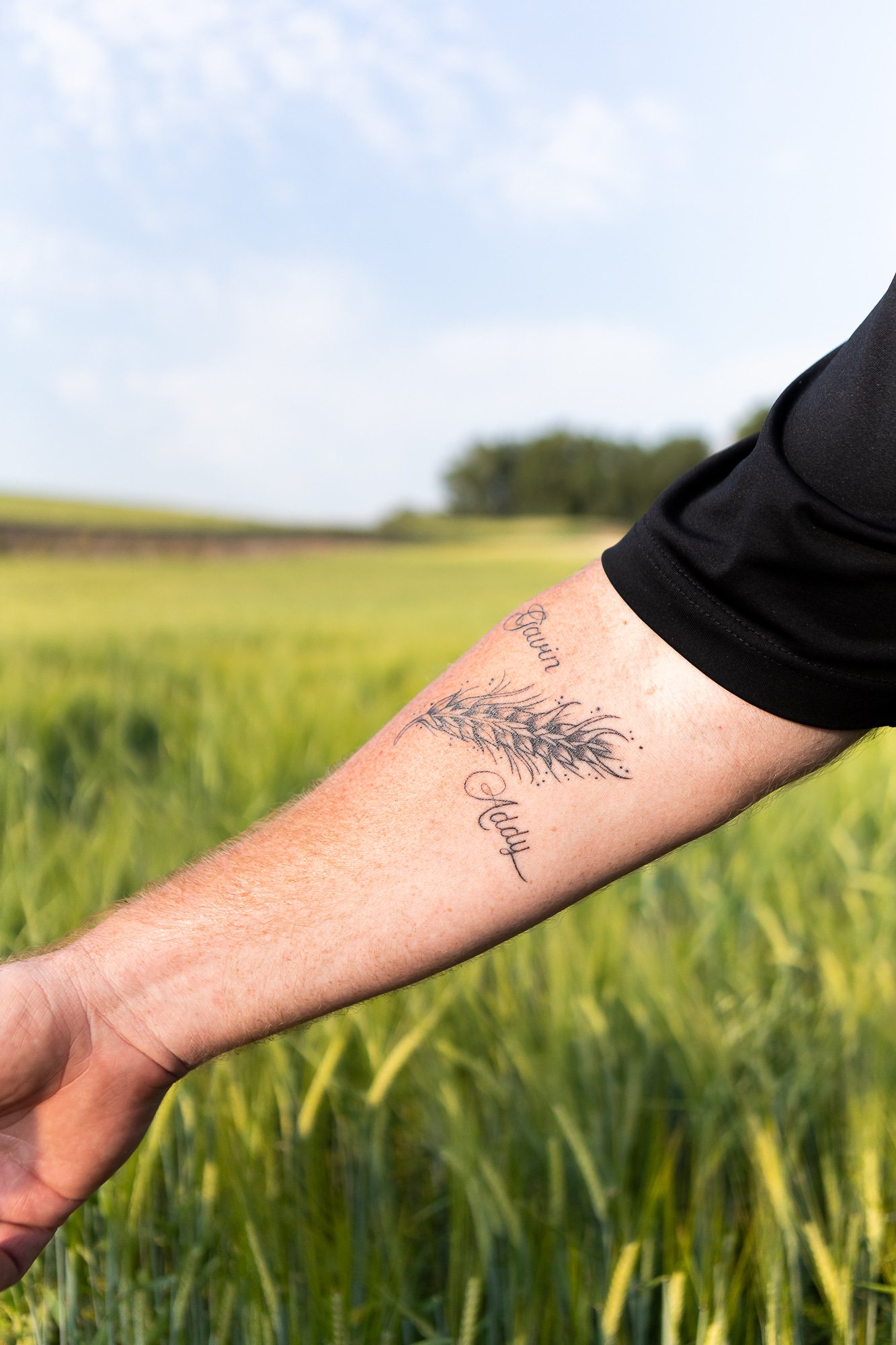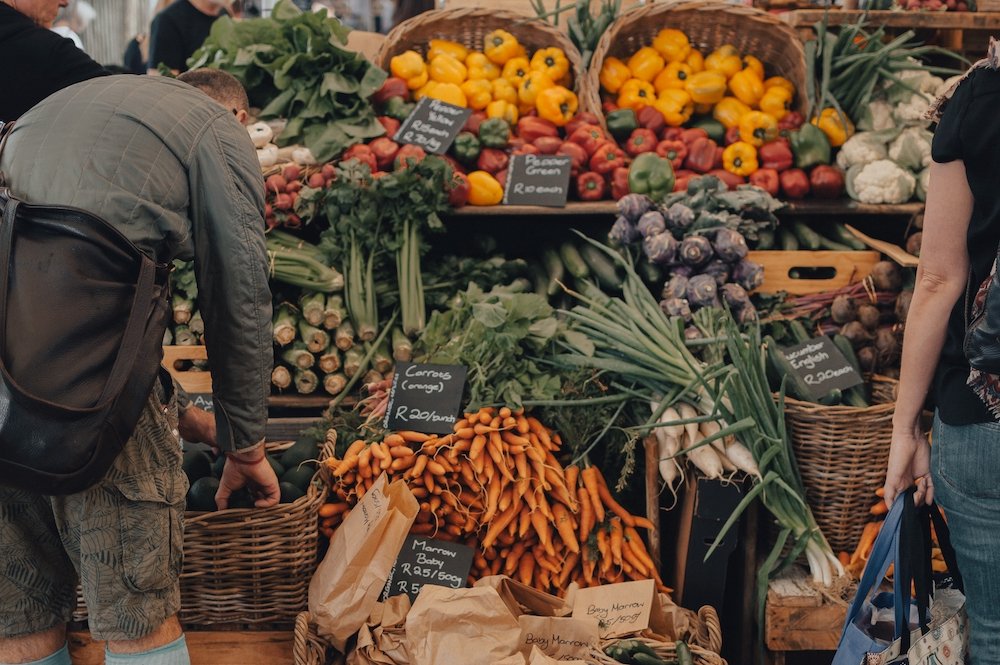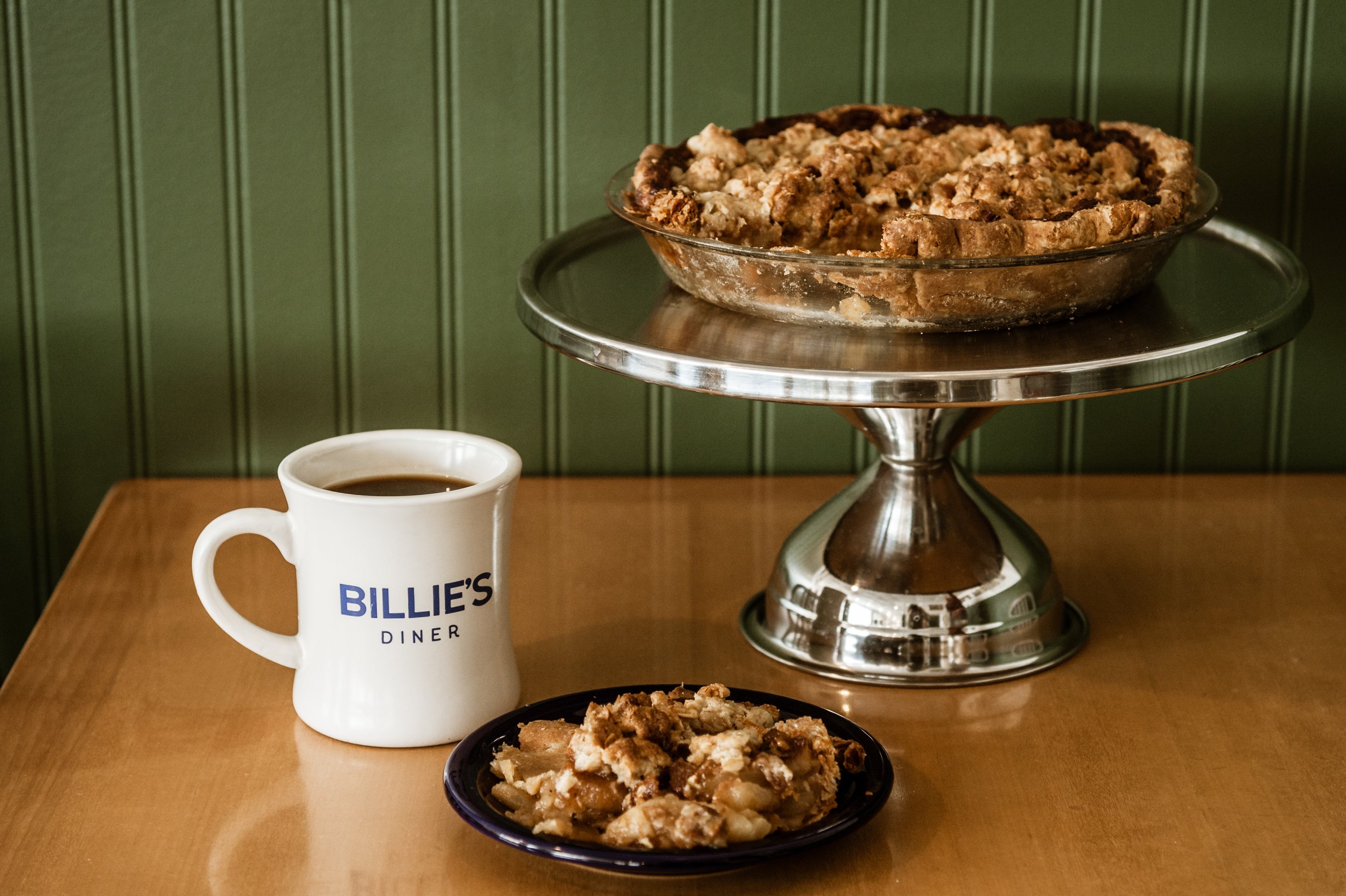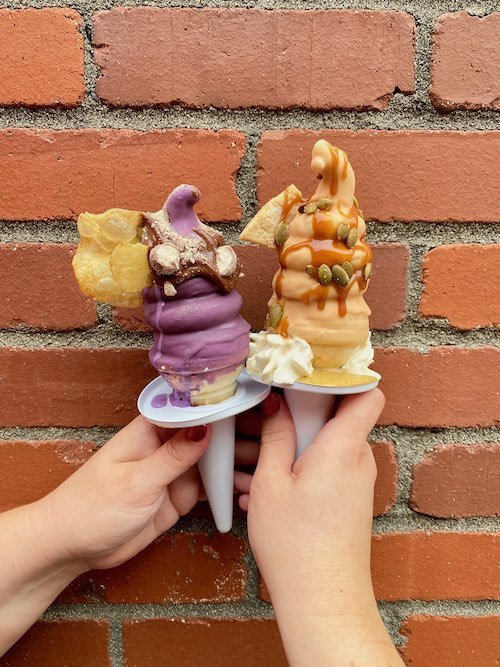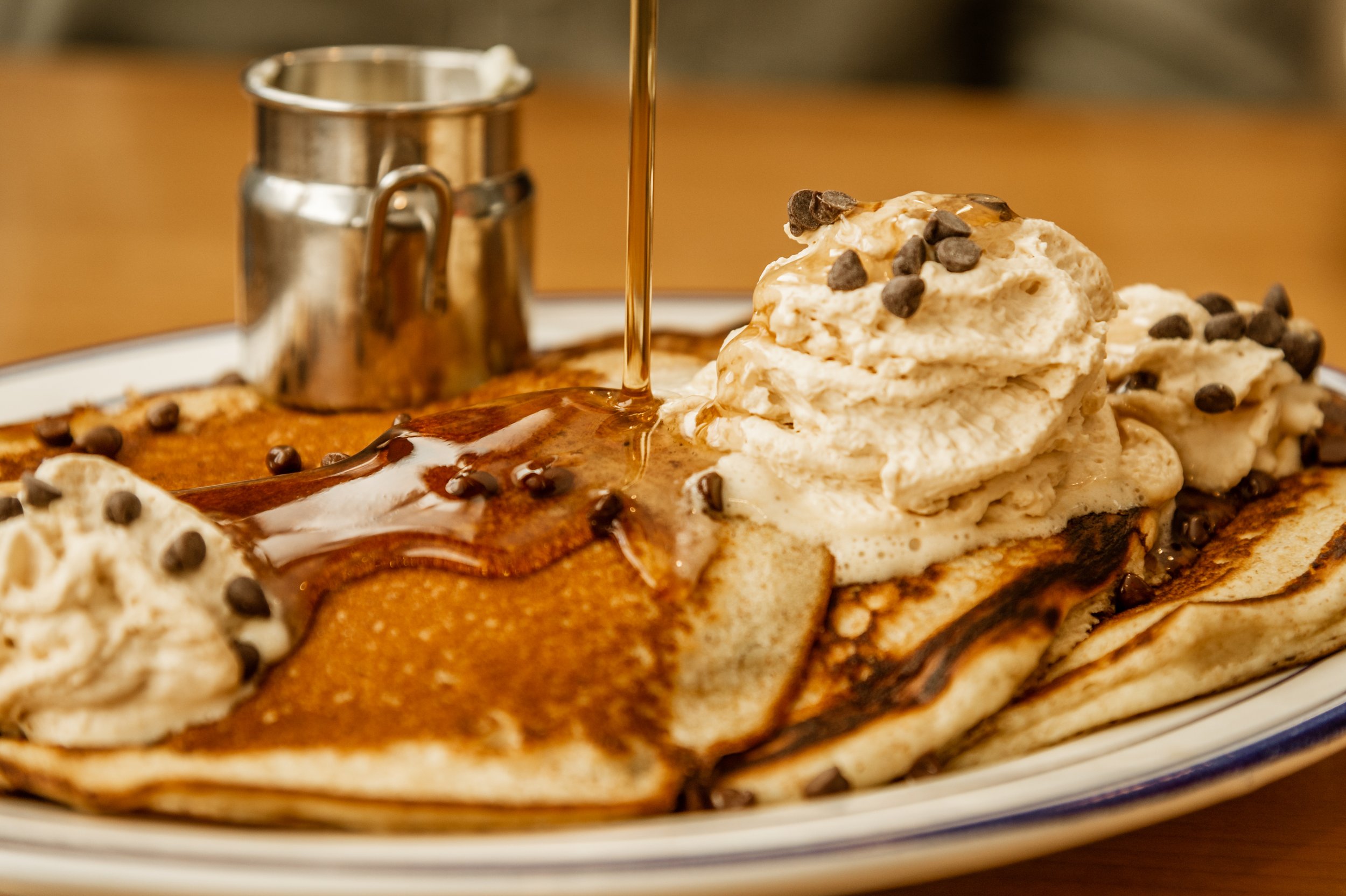Several years ago, I made a January visit to a friend in the UK. “Would you like a non-alcoholic gin and tonic?” her husband asked us as we chatted in the afternoon. I’m always game to try something new, and the drink he brought hit all sorts of interesting notes on my tastebuds, mixing beautifully with the tonic. It wasn’t quite a G&T, but I didn’t care. It was delicious. Later, he brought out the bottle—it was Seedlip, one of the first non-alcoholic spirits to come on the scene in 2015.
A week or so later, I was having a cocktail at the Savoy’s American Bar, which had just been named the best bar in the world. I was chatting with the bartenders, while sipping a drink served on a pedestal with moss, modeled after a forest. They were excited about the trend they were seeing toward “no and low” drinks—which contained either a very small amount of alcohol or none at all. One of them produced a bottle of Seedlip, telling me about the non-alcoholic cocktails they were crafting with the different varieties.
A lot has changed in those intervening years. Though I still write regularly about wine, cocktails and other forms of alcoholic beverages, I find myself consuming less of them these days. Pregnancy, parenthood and my physical health have made eschewing alcohol the wiser, and often less painful, choice.
During the pandemic, I decided to do a Dry January—my first, since drinking has always been part of my job. I felt so much better that month, and so much worse when I tried to return to a regular glass of wine. But I missed everything I’d enjoyed about mixing an interesting drink or sipping a glass of bubbly for a special occasion. I’ve rarely sipped for the buzz as I’m more interested in the alchemy of flavor, and I was getting bored with tea and water—even when I tried to trick myself with spa-like infusions.
Then I remembered my experience with Seedlip—a drink that felt sophisticated, even simply mixed with tonic. I knew that there were beginning to be other beverages in this category—spirits, beer, wine, even pre-mixed non-alcoholic cocktails, but I hadn’t tried them. The spirits especially fascinated me, but I worried that I’d be stuck with an expensive bottle that I wouldn’t like.
My story is hardly unique—many of us are drinking less or not at all. There are a million reasons why this might be the case—maybe alcohol doesn’t mix with your medication or you want to have an evening with friends and not wake up feeling sluggish. Whatever the reason might be, the no and low category that I heard about for the first time back in the UK is now burgeoning worldwide—and only continuing to expand—which is great news for those of us who want to drink something adult, complex and sophisticated without the alcohol.
I set out to try as many non-alcoholic drinks as I could—beer, wine, spirits and ready-to-drink cocktails. I had no idea what I was getting into. Seedlip might have been the first, but it has been joined by many spirits, aperitifs and herbal concoctions. Zero-proof cocktails range from simple, like a spirit and tonic, to spins on the classics, and combinations I’ve never considered before, the NA wine scene is growing and the beer scene is practically exploding.
I put together a rotating tasting panel based on interests and together we tried 176 drinks and mixers, not including 12 types of non-alcoholic bitters (that’s right, traditional bitters are made with alcohol, and depending on how much you put in, they can really up the ABV of your drink).
Even so, it’s clear that I’ve barely begun to scratch the surface of this exciting, brimming category, which means that there is plenty of work still ahead to keep this guide relevant.
It’s important to note that the beverages we tried were either personal purchases of mine, or solicited samples from the brands themselves, with no promise of positive coverage. Without the generosity of so many members of this growing drink community, I would never have been able to do a tasting on this scale, and I am very grateful.
Selfishly, I was hoping to find my own new favorite sips—sans alcohol.
Spoiler alert: I did find new favorite drinks. You’ll find tasting notes for each of the beverages we tried, as well as some resources for continuing a no- or low-alcohol journey. You can skip to the tabs that interest you most, or read through them all. I hope you’ll find this to be a helpful guide to refer to in January and beyond, and that you will return for updates which are planned for at least twice a year (generally sometime in the summer to be ready for “Sober October” and in December for “Dry January”). If there are brands or products you’d like me to review, along with the panel, for the next guide update, please drop me a line at cara@inlandempiremedia.com and we’ll see what we can do. If you want to share your new favorites, share or request a recipe, or just say hi, you’re welcome to do that, too.
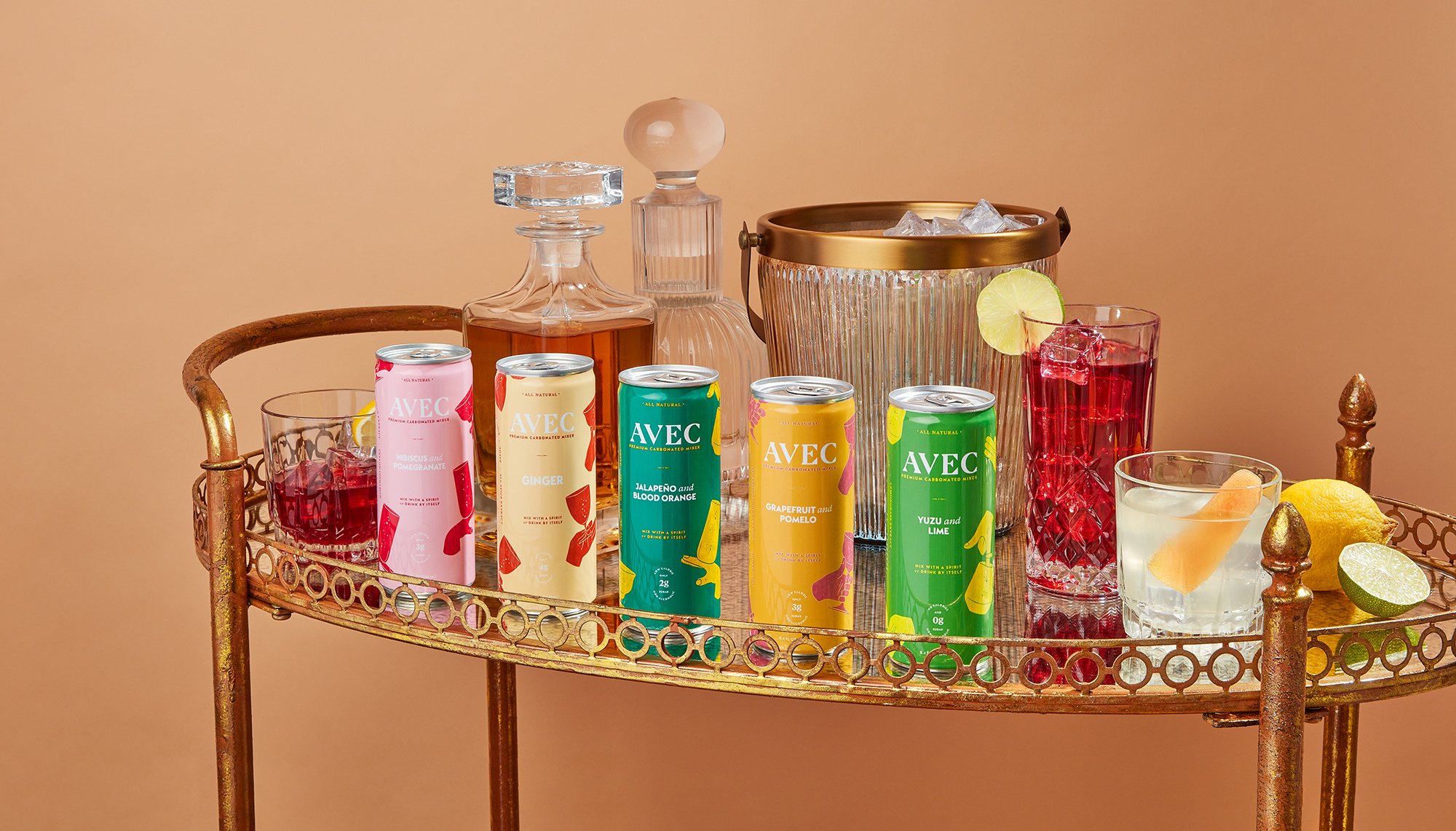
A little about the guide process:
I compiled a list based on interviews with people in the NA space, including Pete Holland of KILLJOY NA, Louis Borrelli, the co-founder of No & Low, and on a local level, Alan Shepherd of Rocket Market. I read as much as I could about what has been written on the subject of non-alcoholic drinks in both consumer focused publications and those geared toward the industry. I browsed the websites of stores dedicated to no and low drinks and considered their descriptions. I reached out to brands on my list, most of which responded. I also put out a more general call for pitches and received some of my samples that way. Finally, I purchased a few items that I thought were important to taste that I was able to find in my area.
The tasting process itself was split up into several days, with a rotating panel selected based on their interest in the genre of drink. Each drink was tasted by no less than two people, but most were tasted by four or more. We generally sipped neat, just to get a sense of the product, then sampled mixed as the most basic cocktail suggested by the manufacturer, which you will often find noted in the guide. To prevent palate exhaustion, we used crackers, took breaks, and switched categories as often as needed.
The panel had no awareness of which drinks were purchased, versus samples, and they were informed that they could remain anonymous to ensure honest responses. None of our links are affiliate links and I am not being compensated by any brand for inclusion in this guide. As a former restaurant critic, I am serious about my journalistic ethics and offering the best and most truthful content to my readers. You can rest assured that opinions are my own or those of the panel.
As you read, please keep in mind that taste is very subjective. My favorite wine mantra is that the best wine is one you like. This holds true for non-alcoholic drinks as well. I’ve done everything I can to bring in a variety of palates to the tastings, to record their impressions, and to record what I taste as faithfully as I can. For these reasons, you will not find anything listed as “best” in this guide. To be listed as a favorite, it has to have been universally loved by everyone who tried it. There are plenty not listed as “favorites” that have become someone’s new favorite drink.
Especially in the spirits section, you might be hoping to find something to replace your evening glass on the rocks. Most non-alcoholic spirits are made for mixing, rather than sipping straight. I recommend entering the process of trying these new drinks without the expectation that they will taste like “the real thing” even though I imagine I could fool many of you with an NA cocktail. If you find the perfect substitute, that’s great, but what if you find something even better?
I included beverages in the guide with an alcohol content of 0.5% and lower. The US defines a beverage as non-alcoholic if it contains 0.5% of alcohol or less. This made me shy away from non-alcoholic wine during pregnancy, because I didn’t have a frame of reference for that number. To put things in perspective, a banana, a glass of orange juice, and a slice of bread have about this much alcohol content.
Unlike alcohol, non-alcoholic beverages have ingredient labels and nutrition information, so if you’re concerned about anything, don’t hesitate to bring it up with your doctor. I am also one of what I imagine is a small group of people who has consumed pours of 88 non-alcoholic beverages in one night, and I am willing to vouch for the impossibility of approaching anything like inebriation, even given large amounts.
I did not include products made with CBD, or other ingredients advertised as active from a drug standpoint (although there are a few that include caffeine). Those products are out there to be discovered, but my intention was to keep this guide inclusive for everyone seeking a grown-up drink, rather than a Shirley Temple. For me, that meant avoiding substances which aren’t legal throughout the US, or which might alter the mind in similar ways to alcohol.
I hope you also find some new favorites among these pages, for January, October, and beyond!
Cheers!
A note about pricing:
You may be tempted to wonder why non-alcoholic beverages are as expensive, if not more so, than their alcoholic counterparts. As Pete Holland, who owns the Eugene, Oregon, online NA beer shop KILLJOY Non-Alcoholic told me: alcohol is the least interesting thing about these beverages we love. Often, producers are creating an alcoholic product, then taking it through one of several processes to make it non-alcoholic. Others are creating something from scratch, without the kind of roadmap you have in traditional alcohol-making. Both ways are time-consuming, expensive and don’t have a guarantee of return. However, even moderate reductions in drinking can save you money—from doctor bills to legal fees, or even just the time you lose feeling not quite yourself. If you find something you love to sip, I think you’ll find the cost more than worth it.




